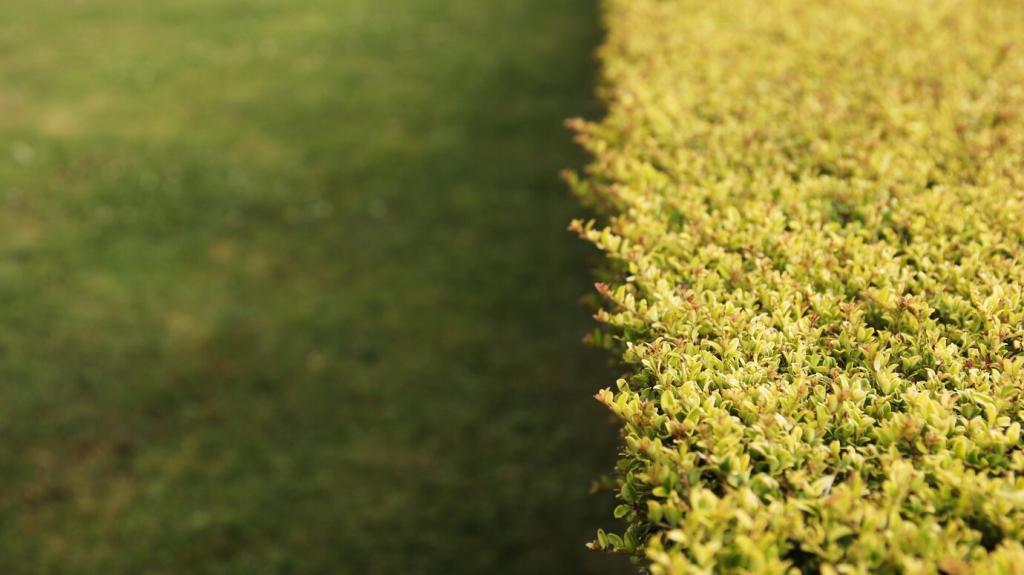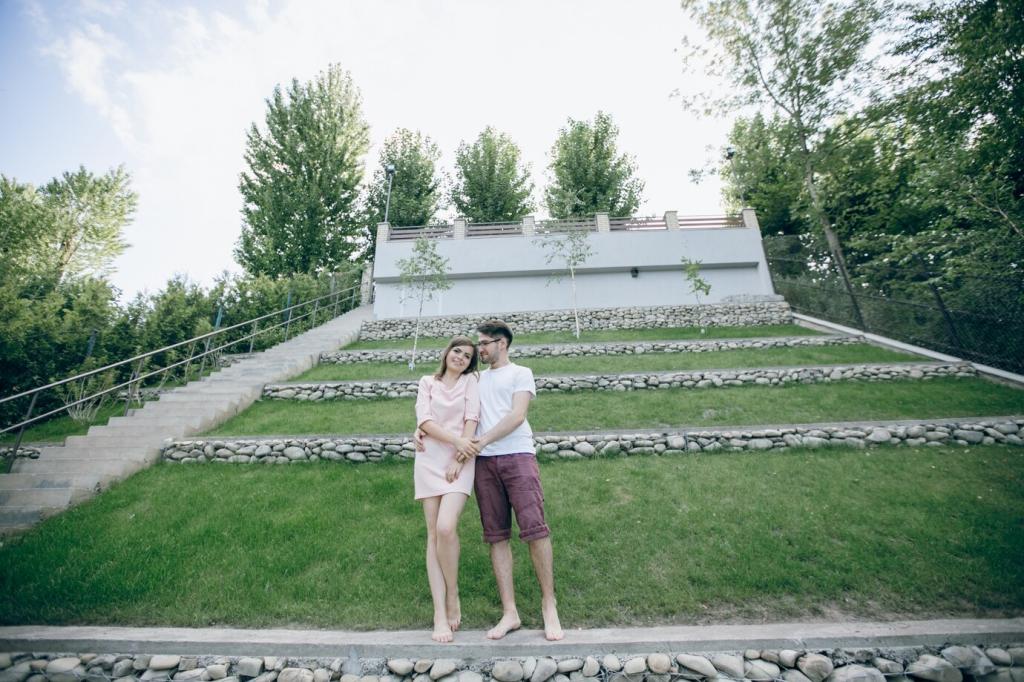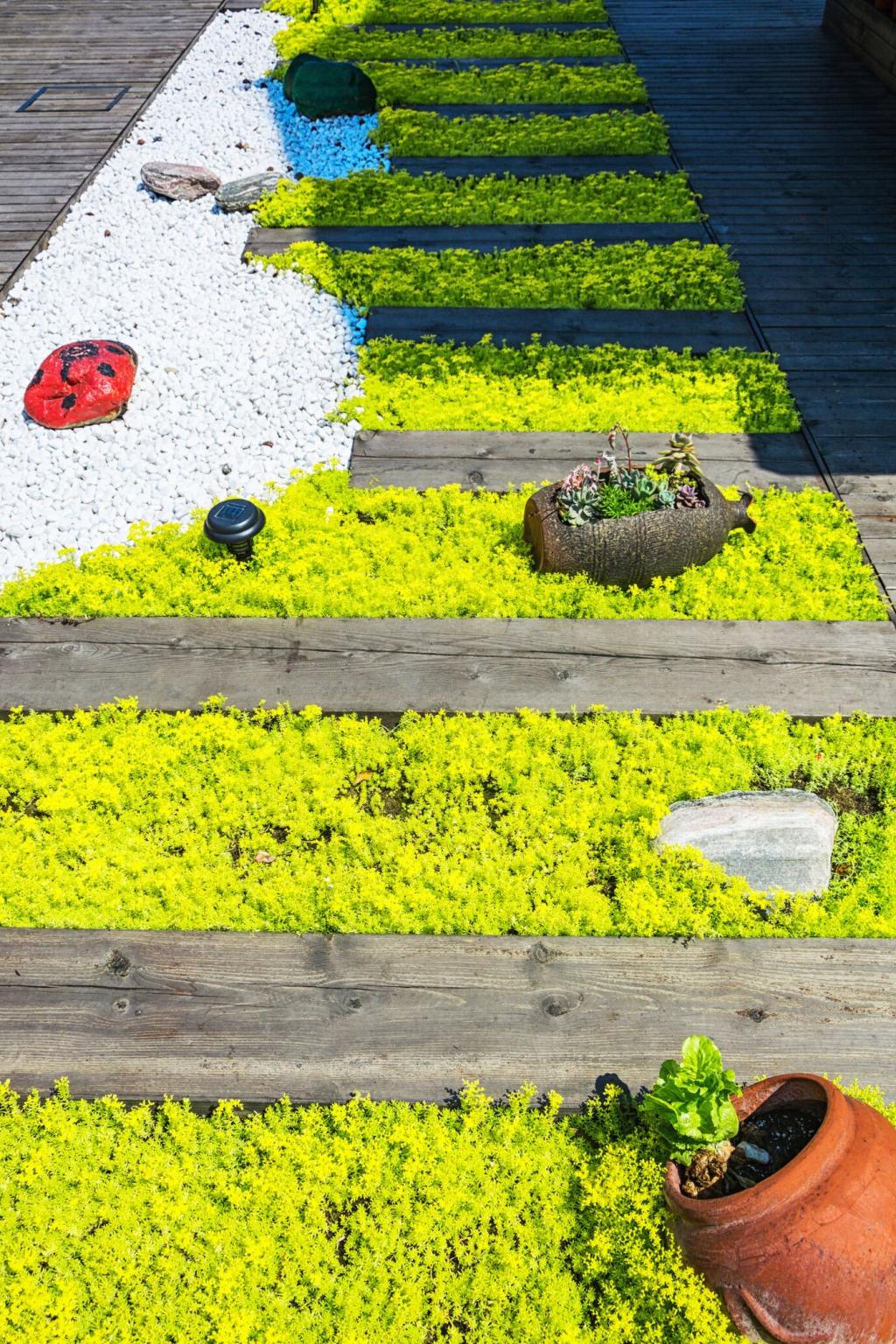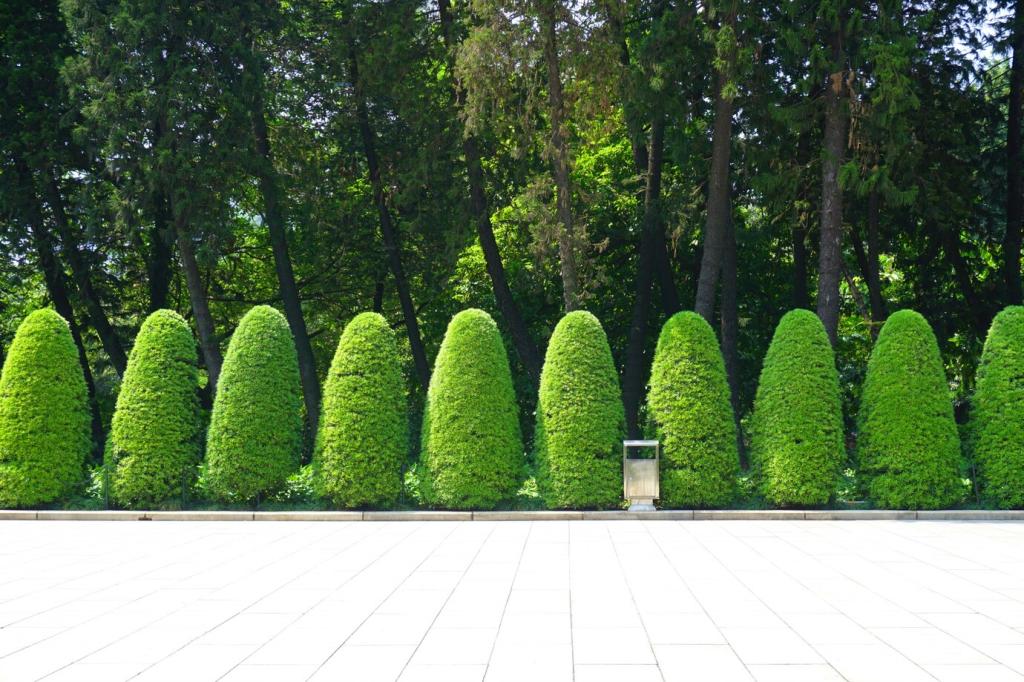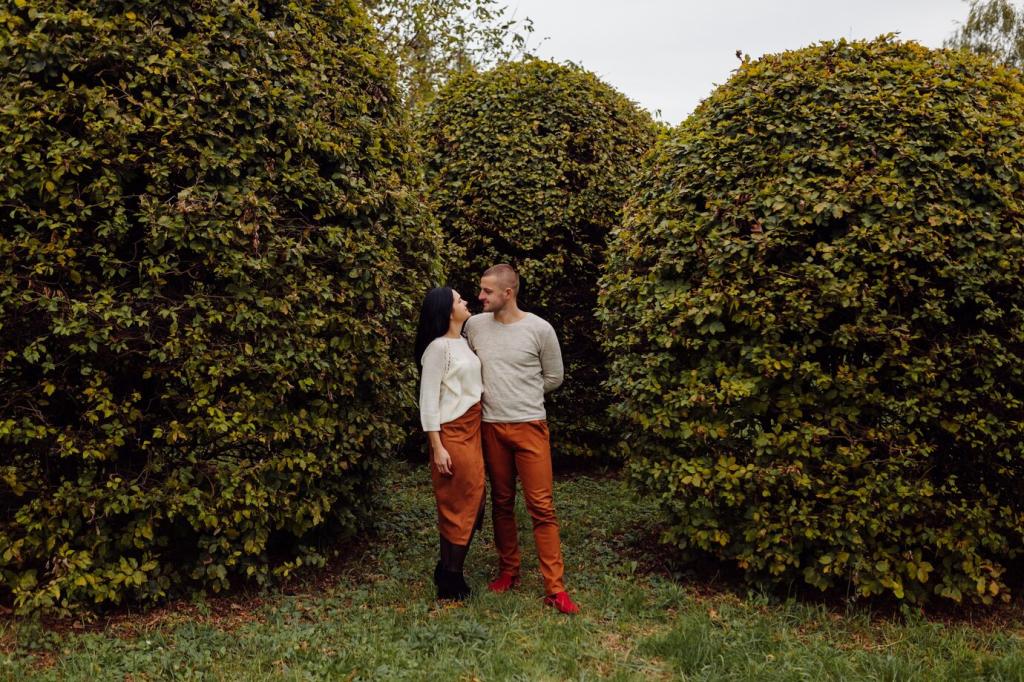What Minimalism Means in the Garden
Minimalism favors a concise palette—often five to seven species—repeated with intention. This repetition builds rhythm, calms the eye, and simplifies maintenance. Instead of chasing novelty, you refine placement and proportion. Tell us your ideal short list in the comments to inspire fellow readers.
What Minimalism Means in the Garden
Think silver-greens, deep greens, and charcoal accents rather than a rainbow. When colors whisper, textures and forms speak louder. Repeating the same plant in bands or clusters creates confidence and coherence. Share your favorite two-color combinations and subscribe to see how we style them through the seasons.

